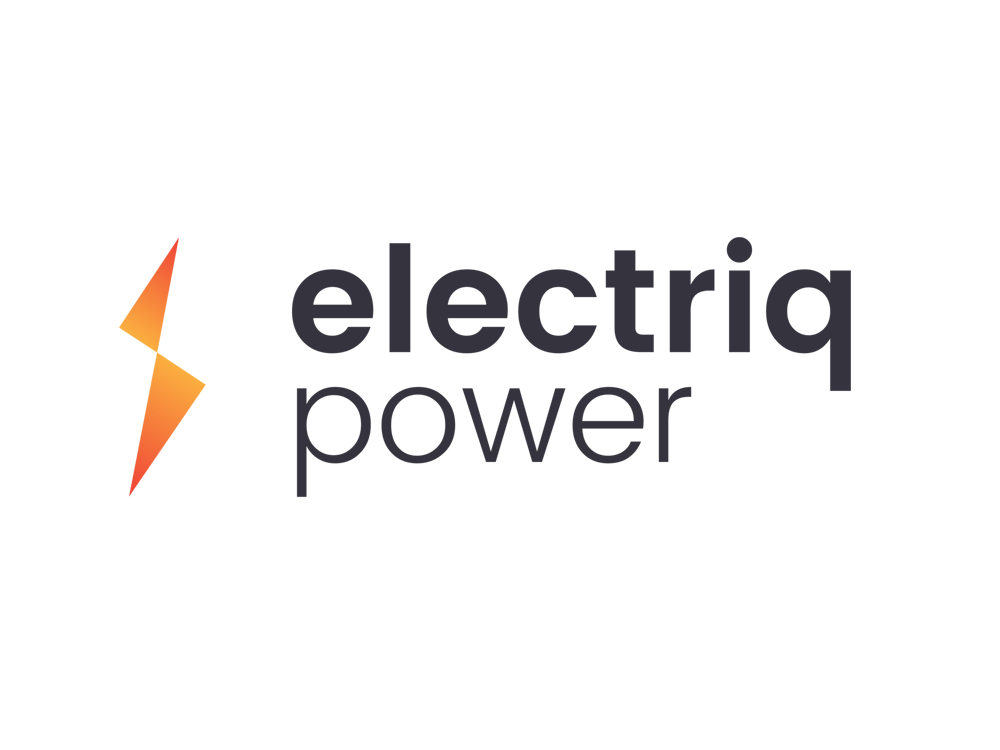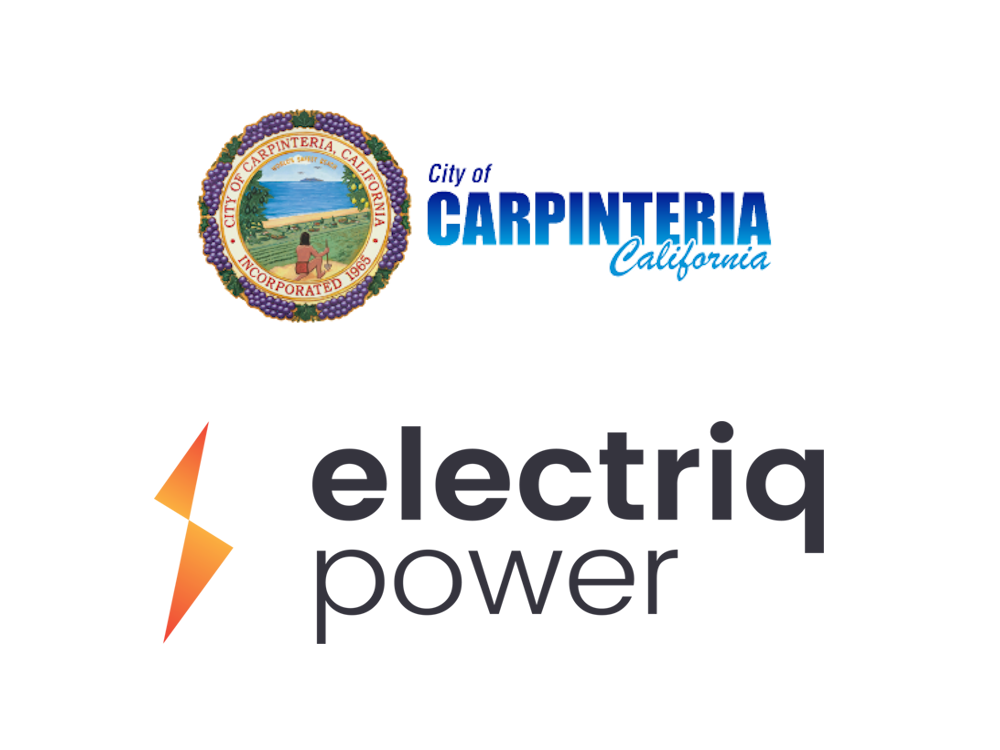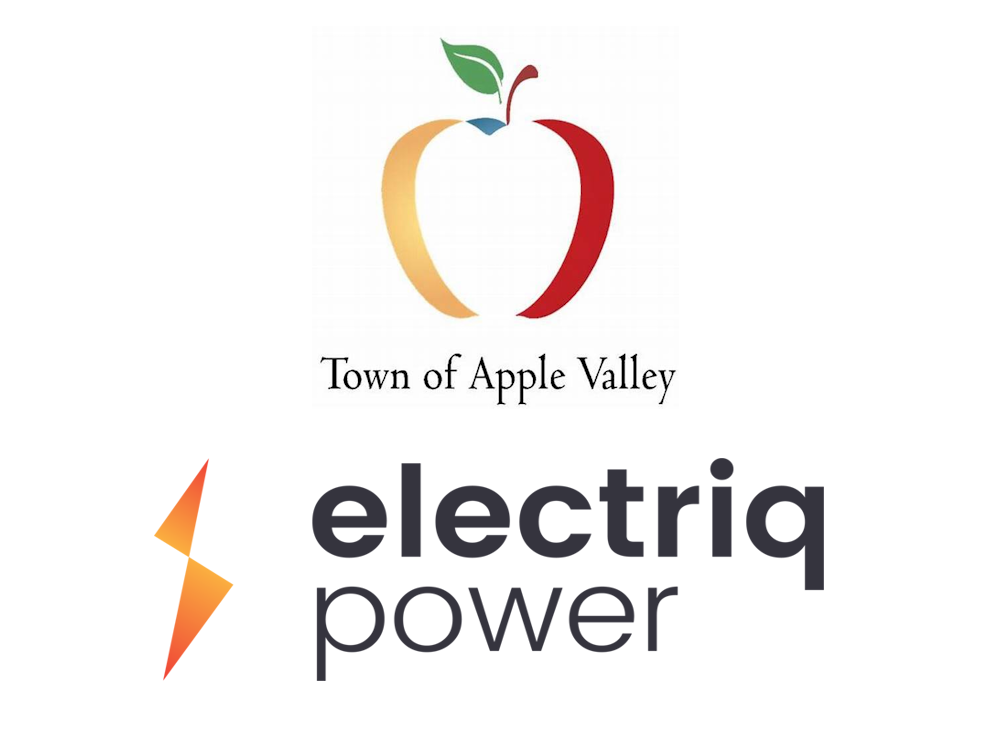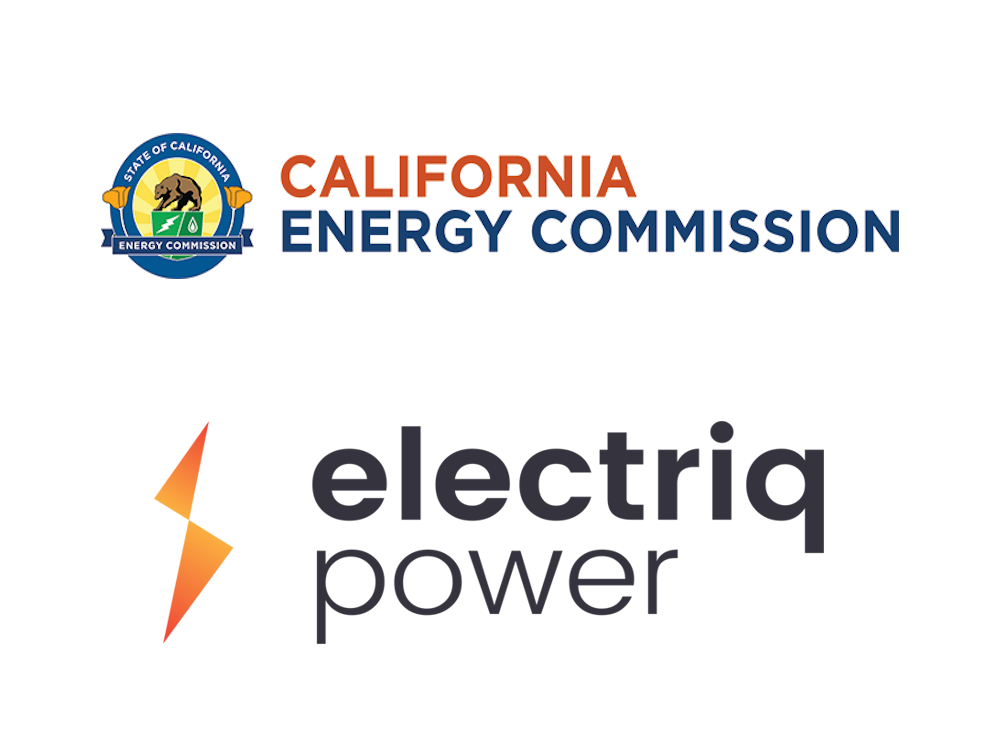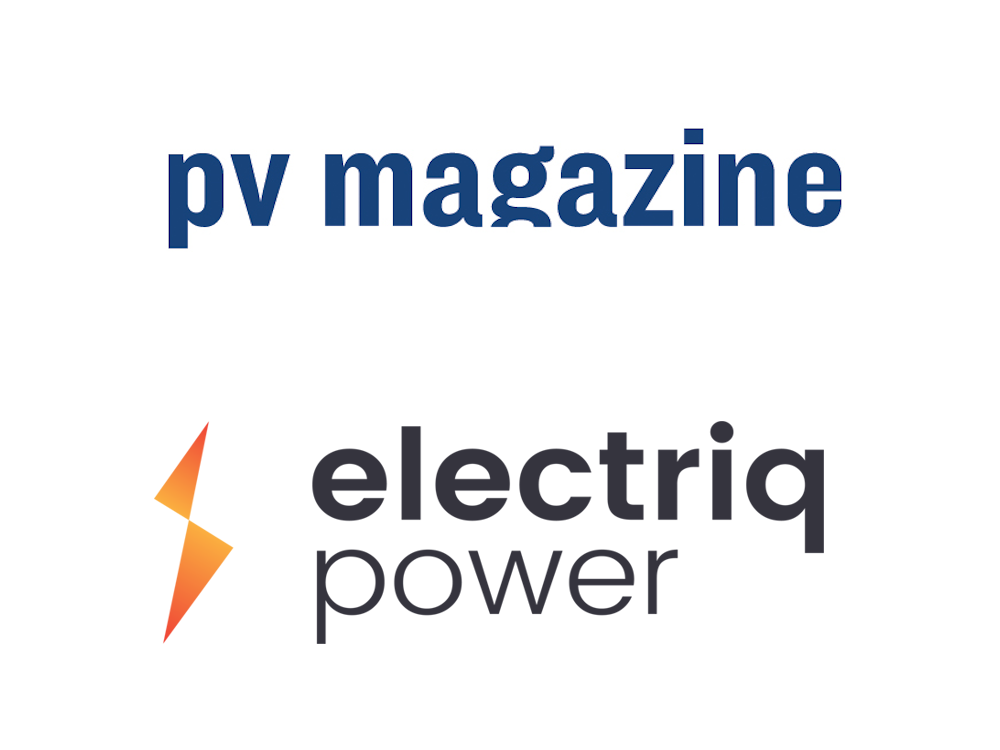How does an Energy Storage System (ESS) work?
Published by on July 27, 2020

Estimated Read Time: 5 minutes
An energy storage system (ESS) is a complex electronic equipment that has the capacity to control energy flows in a home electrical system. As the development of ESS increases throughout the US, it is important to understand how these mechanisms work and what they allow users to do. Let’s analyze this by evaluating first the most important components of an ESS.
What are the Components of an Energy Storage System?
Power Source
One of the most important elements of an ESS is the power source. An ESS cannot be complete without a component that generates electricity that can be later stored inside the system. The most common source of power used in an ESS is solar energy.
By installing solar panels on the roof or backyard, sunlight is converted into DC electricity which allows power to be generated for the ESS in a convenient and easily accessible way to the commercial and residential sectors. Wind turbines can also be used as a power source: they generate electricity as they harvest the wind speed, forcing the blades to spin.
This is a less practical source of power due to the amount of space that it requires and also due to the noise they can generate, however, it is becoming an increasingly attractive option in the development of micro-grids for communities all across the world. Ultimately, a power source can also be the grid, that, when connected to the ESS, keeps the integrated batteries fully charged.
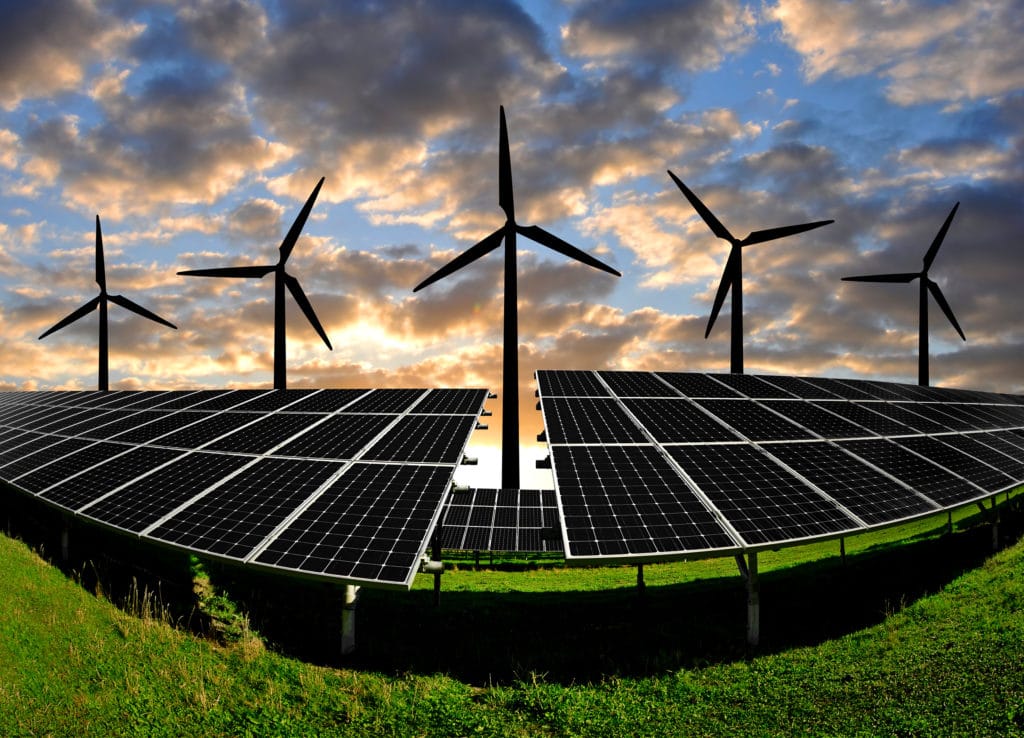
Inverter
Another important component is the power inverter. This device is necessary when a solar panel or a wind turbine act as the power source of the ESS.
Solar panels generate electricity in DC which cannot be used by most appliances at home, therefore, the role of the inverter is to convert this DC electricity into AC. The inverter will have specific parameter ratings such as power limits in DC and AC, efficiency, frequency, MPPT inputs, and other elements that a designer must evaluate to provide the most ideal approach.
Meanwhile, a wind turbine has an internal generator that produces electricity in AC, however, in many cases, the power output signal of this generator does not have the parameters in voltage/frequency or quality that the power grid demands. To be able to connect to the grid, it must be rectified to DC and then converted back to AC through an inverter with the high-quality signal required to connect.
Battery System
The core of the ESS is a battery. This component acts as the device that allows storage of the incoming energy from the power source at any time, and to later discharge as needed.
The battery is an electrochemical component, generally made out of lithium-ion or lithium-iron-phosphate technology that converts the electrical power in its input into chemical energy inside its structure during the charging process. Then, while discharging when power is demanded by the loads, the component converts this chemical energy back to electrical power in its terminal outputs.
A battery will always have a maximum capacity and will need a varying amount of time to fully charge, however, for residential and commercial applications, it will always be sized to charge within one or two days at the most.
Energy Monitoring System
The sensor of the ESS is the energy monitoring system. This electronic equipment allows you to visualize all the power that flows through your ESS. That involves all the energy that is generated from the power source, all the energy that is consumed from the grid, the available capacity of the battery, and your patterns of consumption at any time.
This system is generally connected to a mobile application or an online account that you can access to see your data in real-time across days, weeks, months, and even years, giving you a full-time performance overview of your ESS. Moreover, it also allows you to detect any failure instantaneously and allows your installation company to quickly detect the source of failure as well.
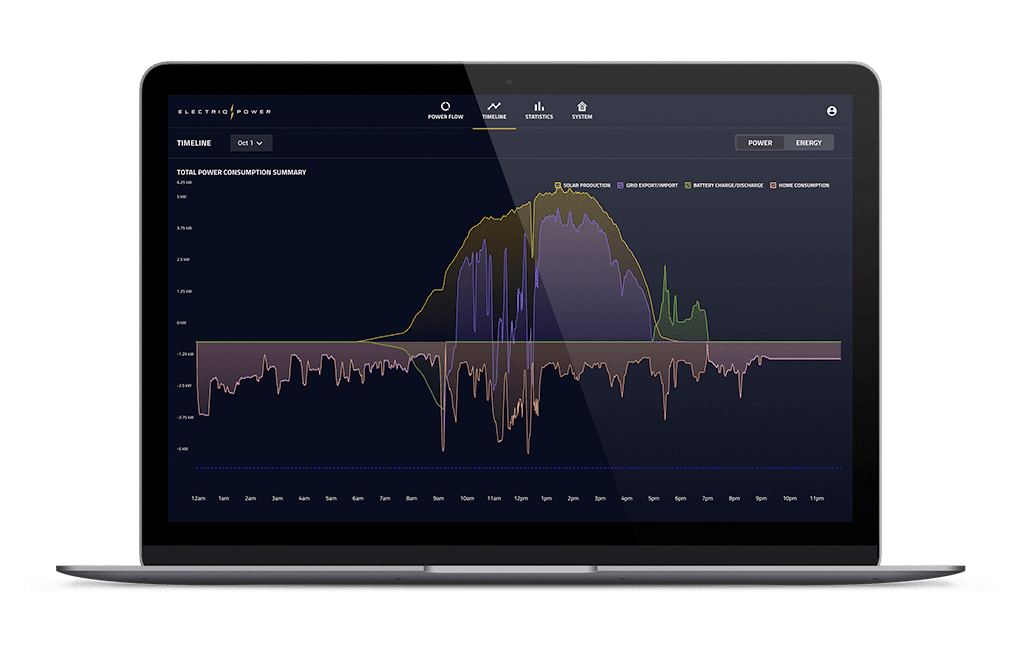
Miscellaneous
Finally, other components also involve the ESS such as cables, protection devices, meters, internet connection, and combiner boxes. These elements are necessary to keep communications straight and secure between all components of the system.
How Do They Work Together?
An ESS can work in multiple ways depending on the operation mode you choose.
The most traditional way is to work under a self-consumption approach. Under this operation mode, the power source generates as much electricity as possible, whether it is from a solar or wind source, then the power is instantaneously consumed by the loads and the exceeding amount of power is sent through the inverter to the battery. This working scheme repeats itself every day and tries to minimize the amount of power consumed from the grid while keeping a small reserve of energy inside the battery as a backup in the event of a blackout. However, depending on the amount of power consumed and the size of the system, it is possible that you still might need to consume a small amount of energy from the grid.
An alternative to this scenario is considered when a Time-of-Use (TOU) tariff electricity rate is active in your property. The TOU tariff changes the value of the kWh consumed depending on the hour of the day. This reflects the oscillating patterns generation and demand in the grid, along with their price fluctuations in the electricity market. The ESS is capable of interacting in such complex mechanisms by setting the power source to completely charge the battery in hours of low electricity rate, and then discharge when high electricity rates are active. This lets you administrate your energy flows to achieve higher savings by allowing consumption from the grid only during low rate hours and fully avoiding consumption from the grid during high electricity rates. You can also visualize the amount of energy that you export back to the grid during low electricity rate periods in case your battery is already fully charged.
Finally, an ESS works to provide full back-up when a power outage occurs in your area. Here the purpose of the system is not to achieve higher savings, but to provide a reliable electrical system for as many days as the ESS is capable of producing when completely charged. This is invaluable in situations when a potential natural disaster is on the horizon and you need to have your batteries fully charged, or for off-grid applications when you want to live off-grid or you do not have access to a source of electricity.
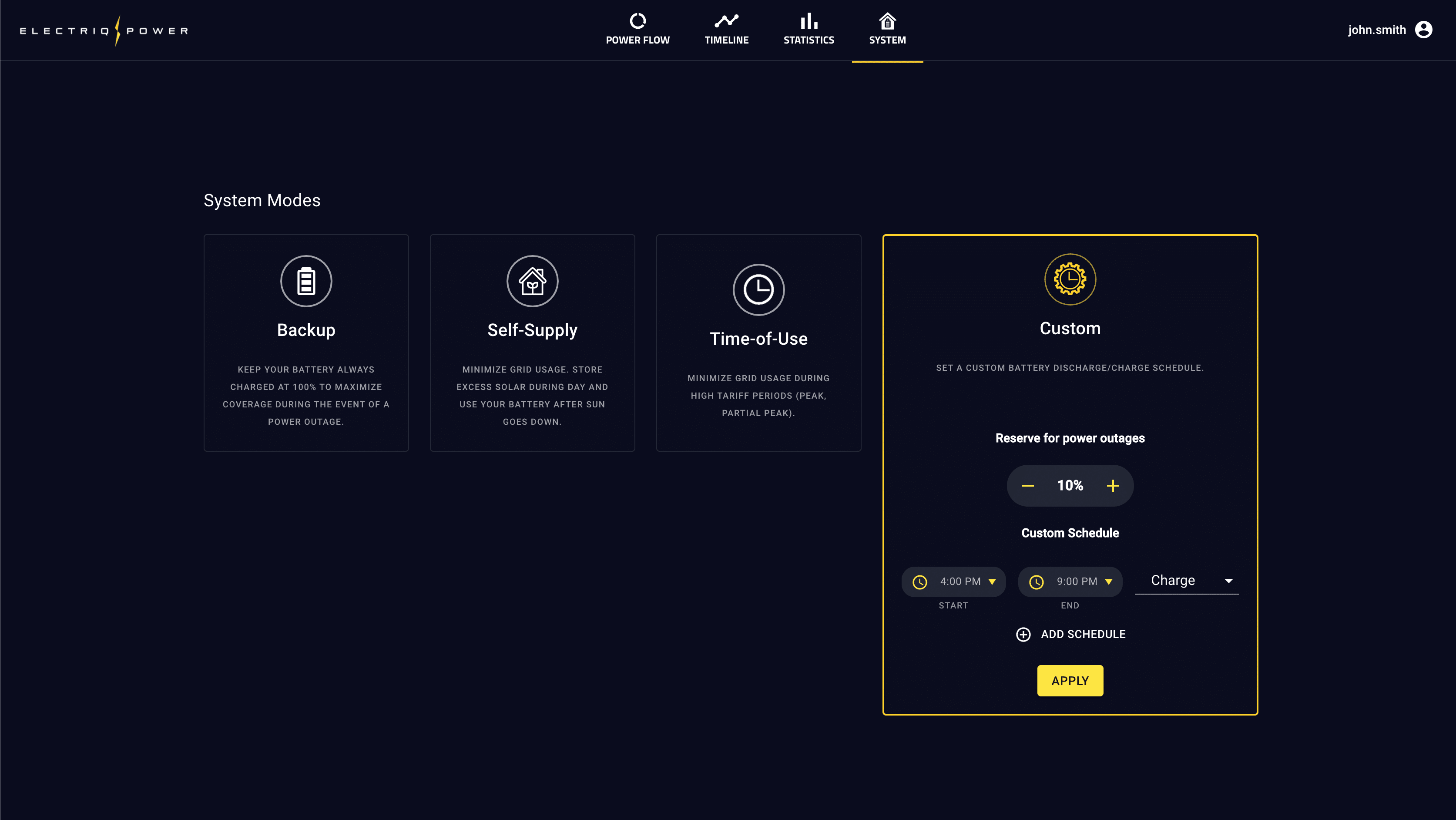
The most valuable factor of the ESS is that you can control and switch among these operation modes as many times as you want, giving you a completely independent electrical home system.All of these components and methodologies apply for the residential, commercial, and even utility-scale projects, with evident differences in component sizes and capacities. The Electriq PowerPod is a valuable ESS in the market that combines all of these modes of operation into one system for a reliable source of power, making it the perfect addition to your home electrical system.




